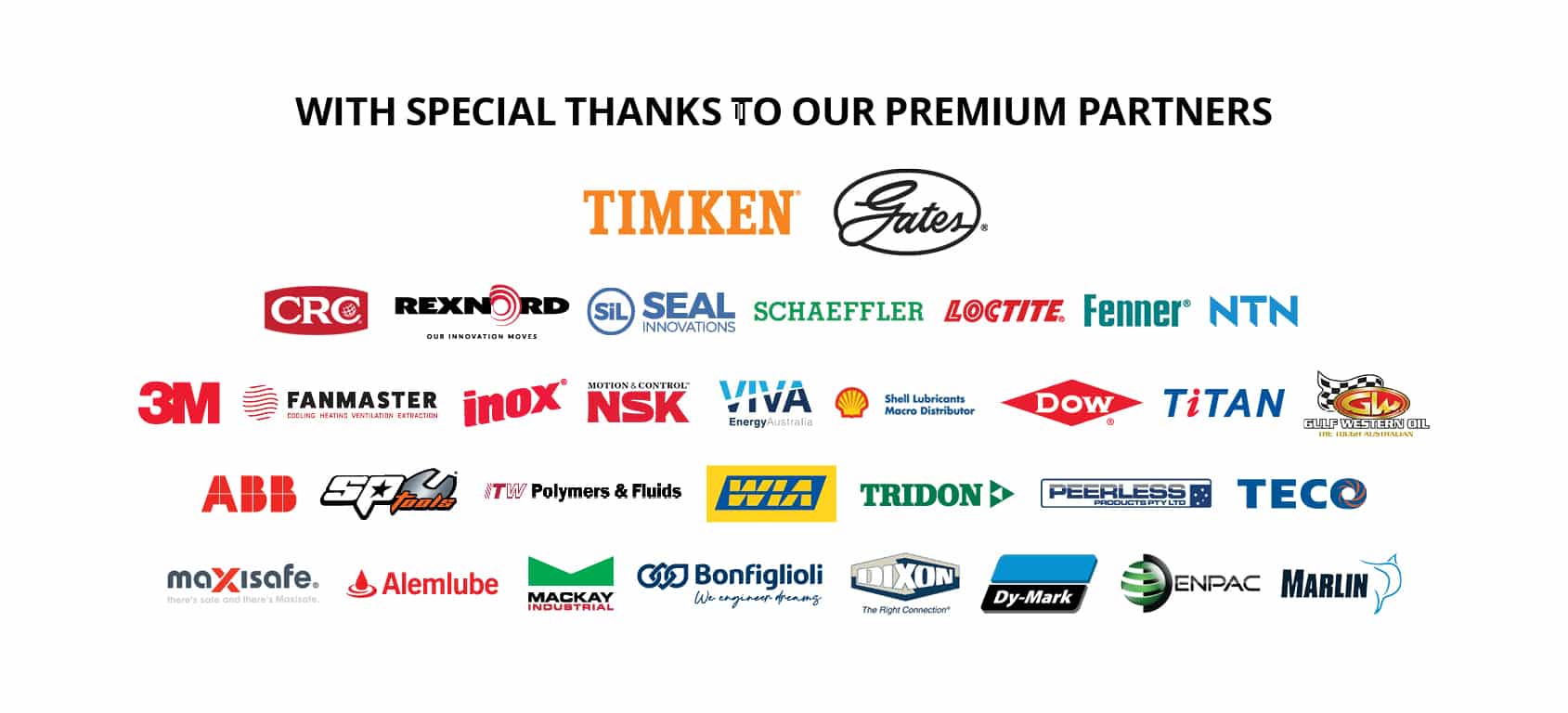
24 Oct Using data to design ‘Fit For Purpose’ solutions
Understanding the condition of a plant and its equipment allows for improved planning analysis, better utilisation of equipment, reduced downtime, reduced maintenance spend and ultimately improves the productivity of an operation. This is why condition monitoring is important for any mining operation, regardless of the scale and scope.
The question that businesses need to answer is, what will the data be used for? According to Ryan Kendrigan, Engineering Manager for CBC, there is no unilateral system; it’s about understanding the plant priorities and then meeting operational requirements.
“Data is only as good as what you do with it. As you get more involved with outcomes, you start looking at process improvements and this will translate to greater benefits. But it could be as simple as saying ‘I am looking for advanced warning of impending issues reduction of any unscheduled stoppage is key at my site’ or it may be ‘I want to maximize efficiency and improve production’.
There is no right or wrong answer to that, it’s a question of what resources do you have at your disposal? And, what effectively are the key performance indicators for the maintenance reliability teams at your site?” Ryan asks.
CBC offers a complete suite of condition monitoring solutions, such as traditional vibration analysis technology as well as ultrasonics, oil analysis and a raft of predictive solutions. The services that extend from these systems – which can be either portable or online – venture into condition-based assessment and diagnostics.
“Monitoring is one aspect, however, making assessments on that data and then recommendations is what leads to best practice in this space,” explains Ryan. “And it’s definitely scalable. For us, it’s all about assessing the site requirements and providing our customers with a solution that is fit for purpose, whether that be a simple warning system of detection or a full-scale diagnostic system.”
However, Ryan maintains that while they are linked together, it is important to distinguish condition monitoring from condition-based assessment. Again, it comes down to what the customer wants to achieve.
“The more data you have, the better your assessments will be. Although, there is a clear advantage in simply knowing something is about to go wrong and being able to intervene before it turns catastrophic,” says Ryan.
A simplistic system is categorised as a protection or warning system that’s designed to reduce the severity of a failure. Whereas a solution that couples condition monitoring with condition-based assessment crosses over into diagnostics. The latter will provide customers with quantifiable savings in terms of mean time between failures, increased production, improved output and efficiency gains.
“A diagnostics system will lead to process improvement, and it is easy to quantify the cost savings and efficiency gains that this brings,” Ryan explains. “Whereas the simplistic system is more of a cost mitigation strategy. It minimises the effects of failure, or ideally prevents having a failure in the middle of a production process, and allows managers to schedule their shutdowns. While beneficial, these sort of gains are often harder to quantify.”
CBC Australia are heavily involved with the major mining companies in Australia, particularly in coal and hard rock mining. In these types of operations, the cost savings from either type of condition monitoring process will be multiplied. However, Ryan reiterates that it’s not just about cost savings, but about delivering a system that is ‘fit for purpose’.
“Gaining an understanding of the customers’ needs is paramount. We always start with a site visit and then a discussion about what the customer is looking for in a system. There are so many variables in terms of functionality and outputs. We need to find out what are the key drivers of the site’s maintenance program. If they’re looking for an early warning protection system, a diagnostic system or process improvement combined with how it all integrates with their existing maintenance practices onsite or rolls into their Microsoft systems. All of that is key in being able to provide the customer with a solution that is fit for purpose.”

